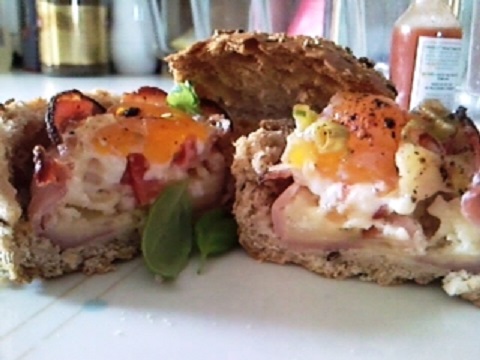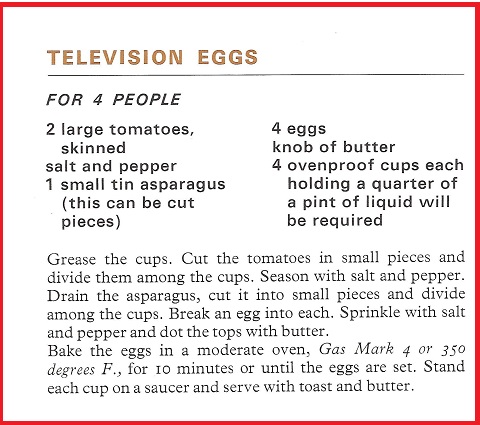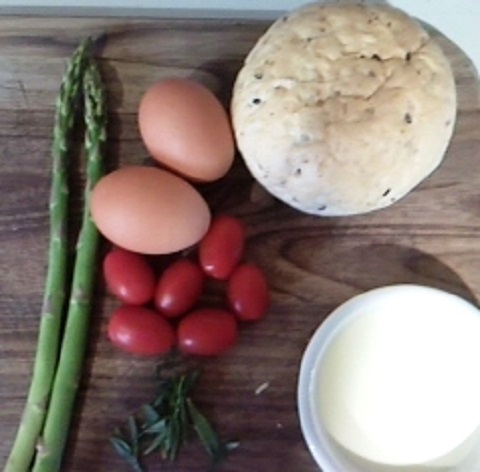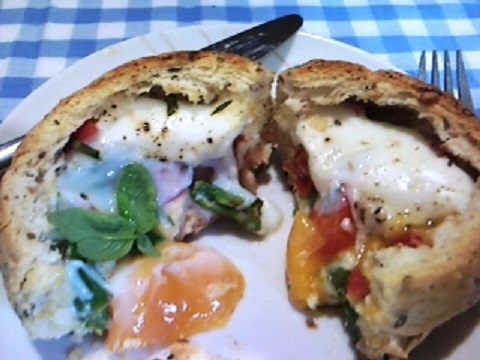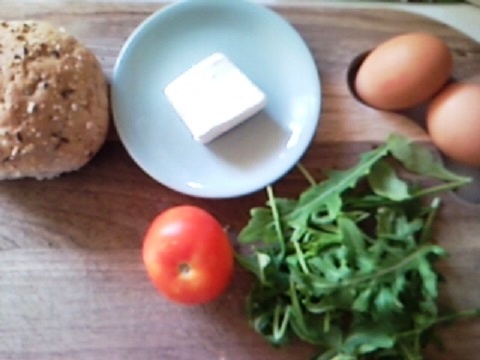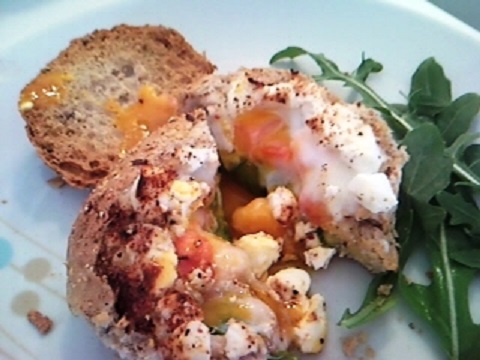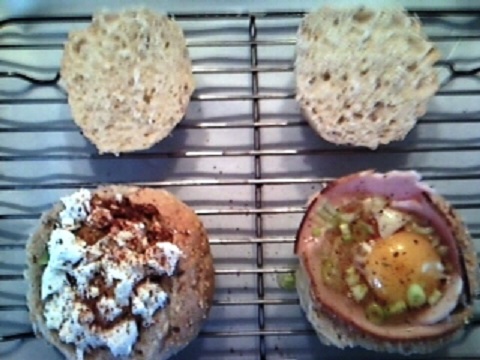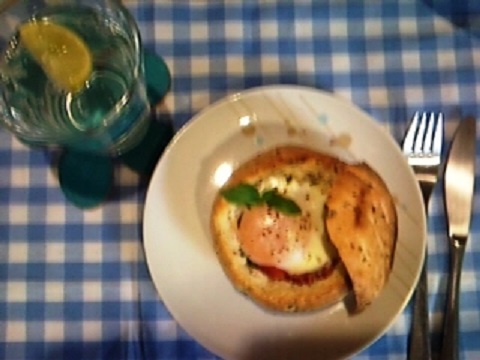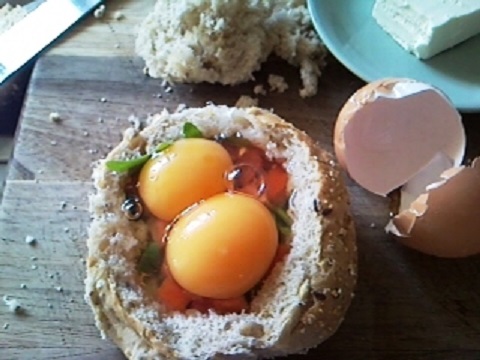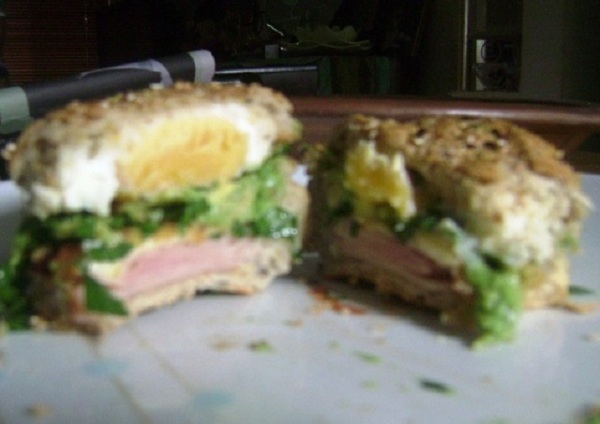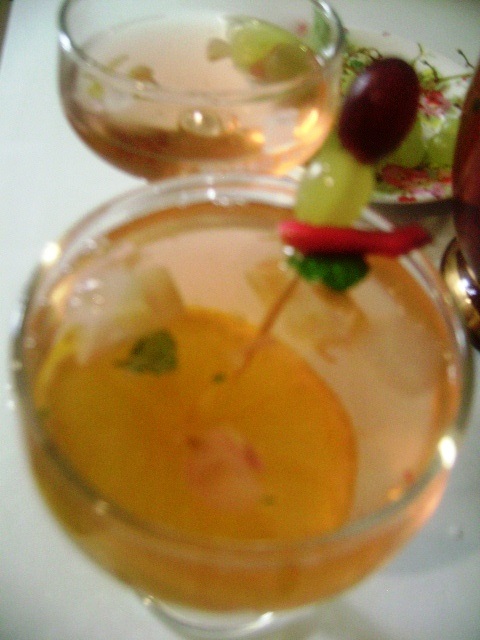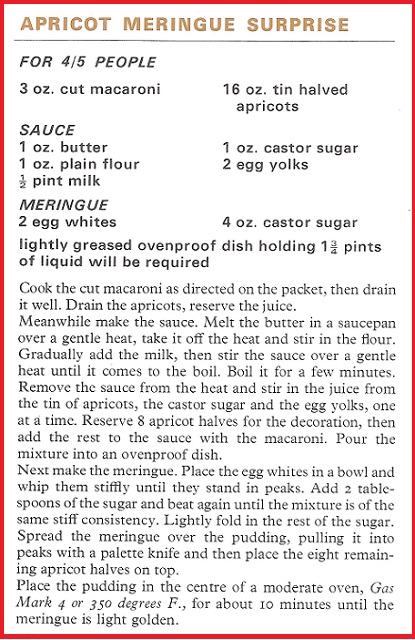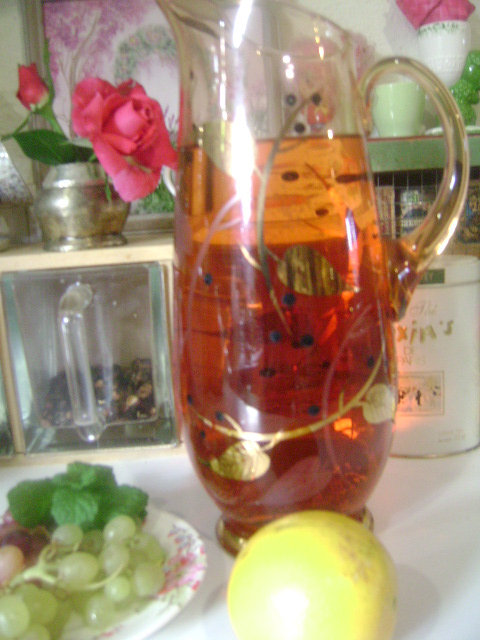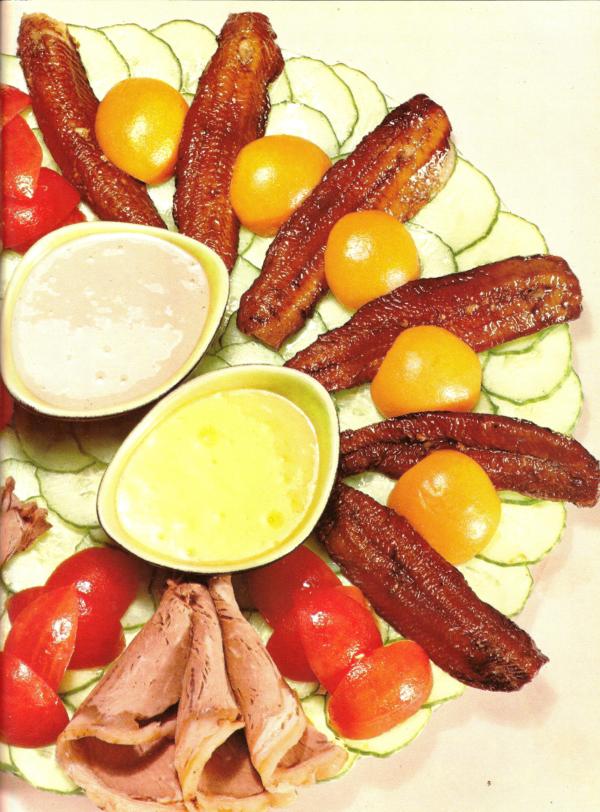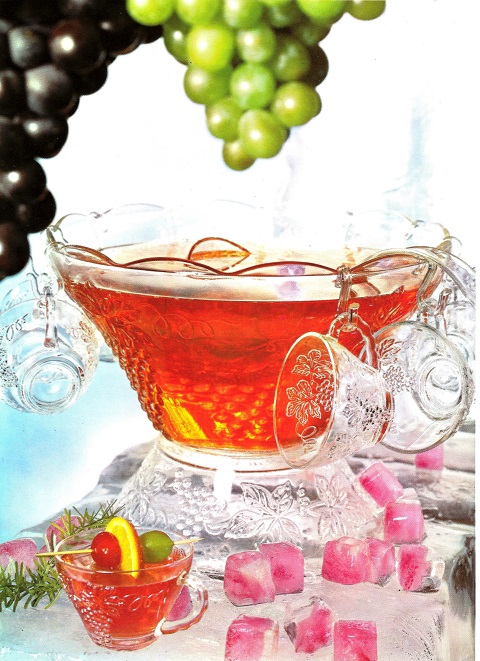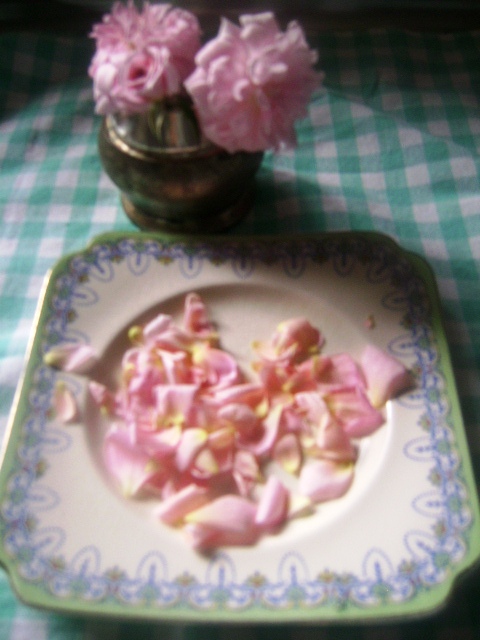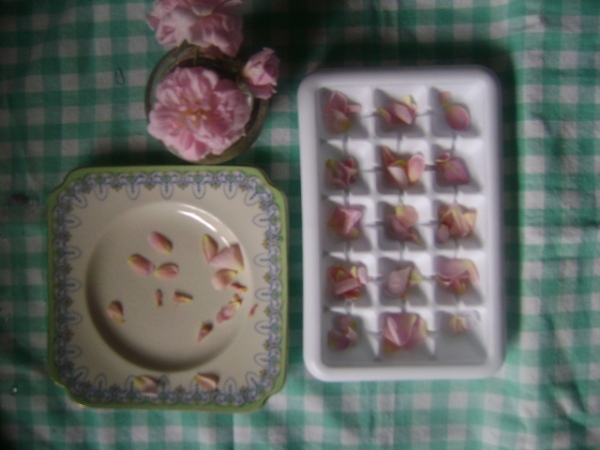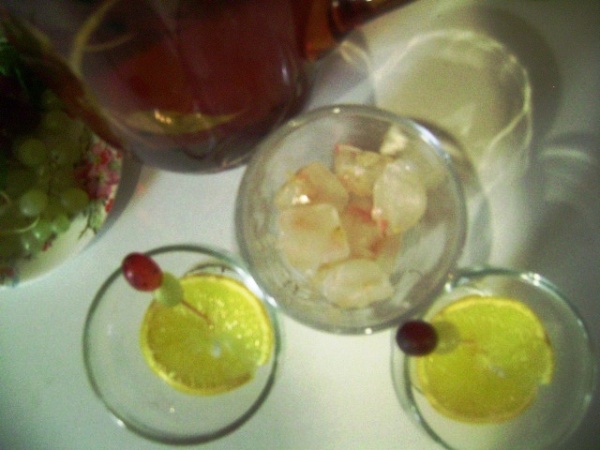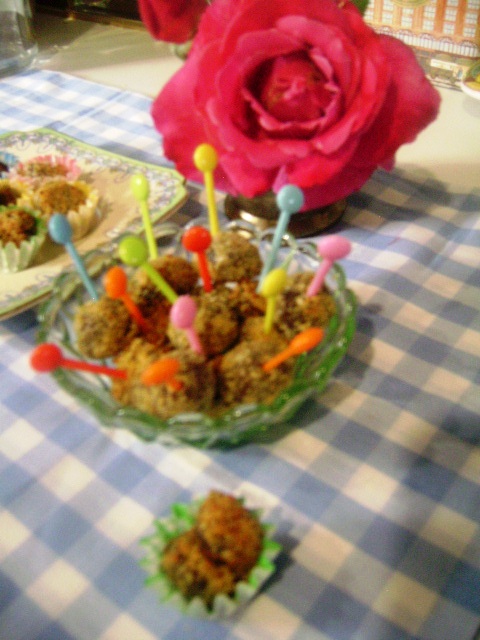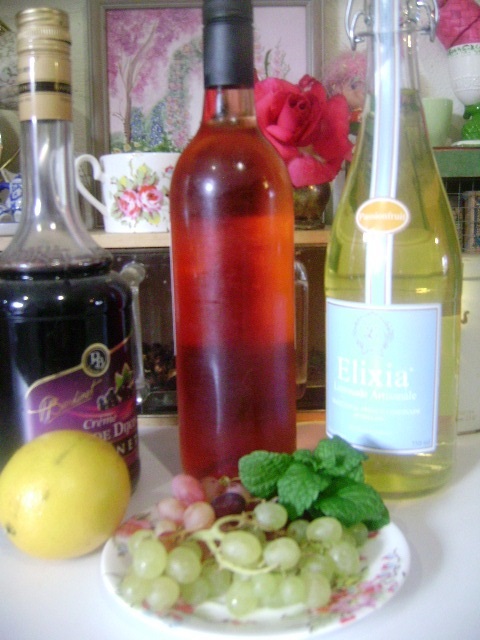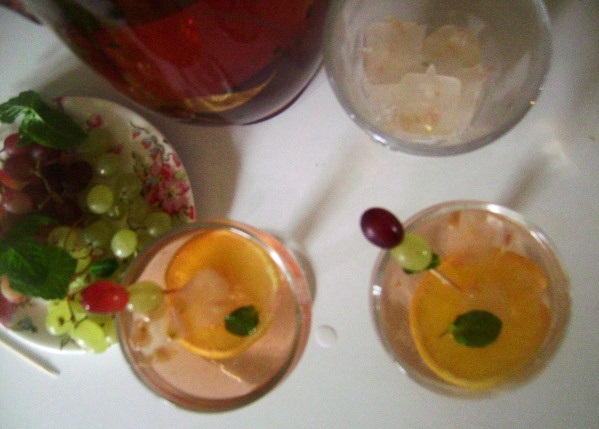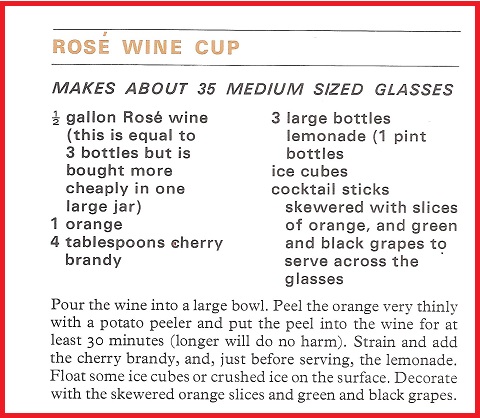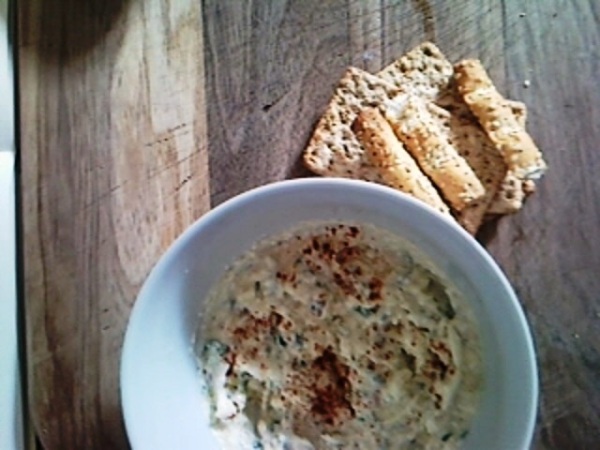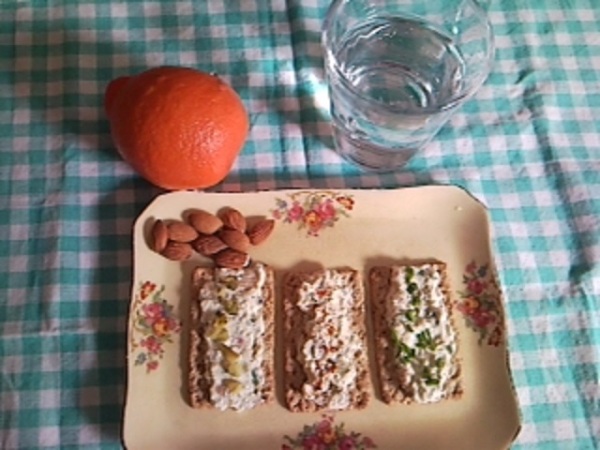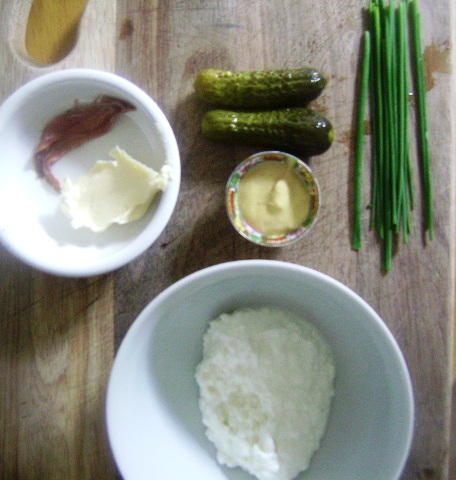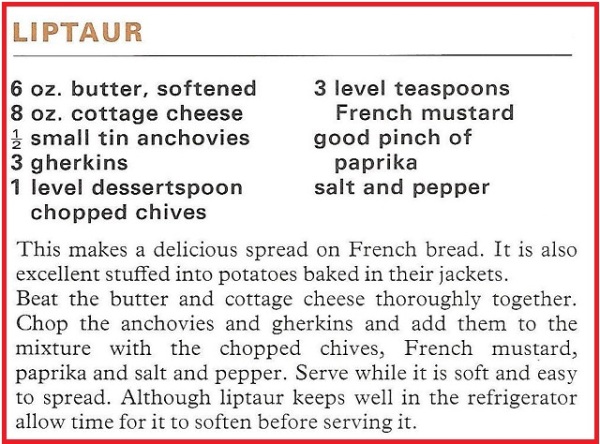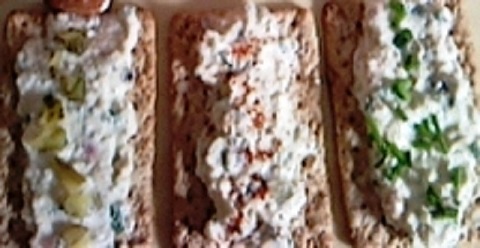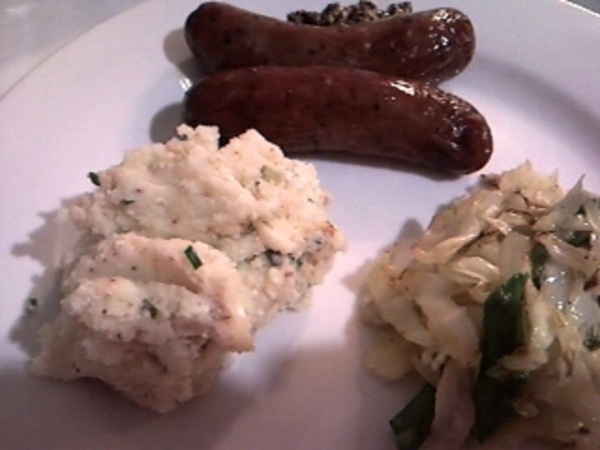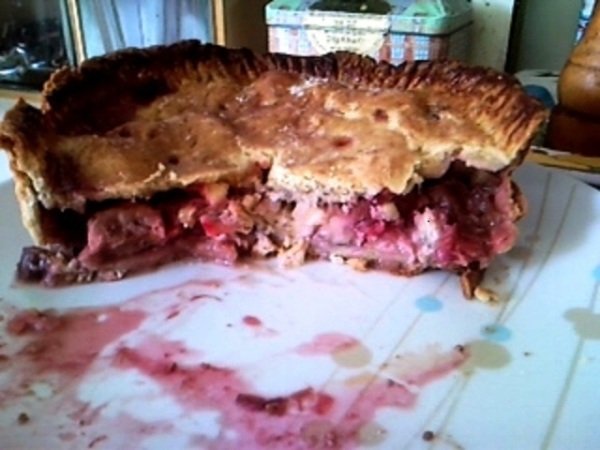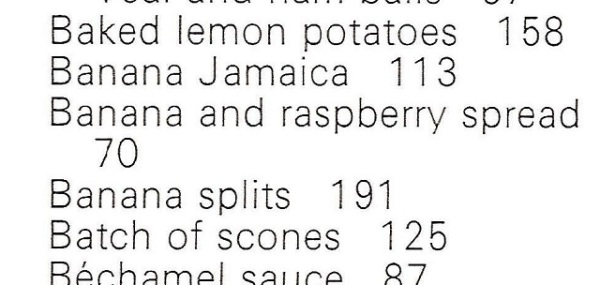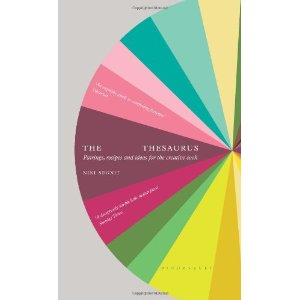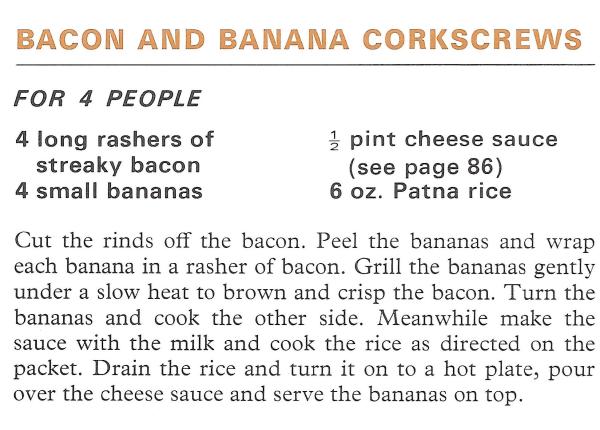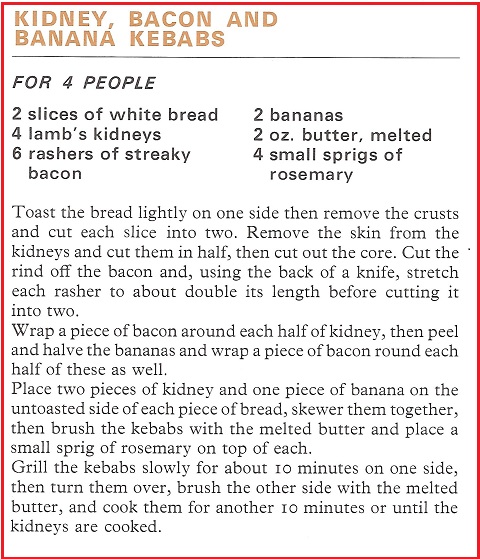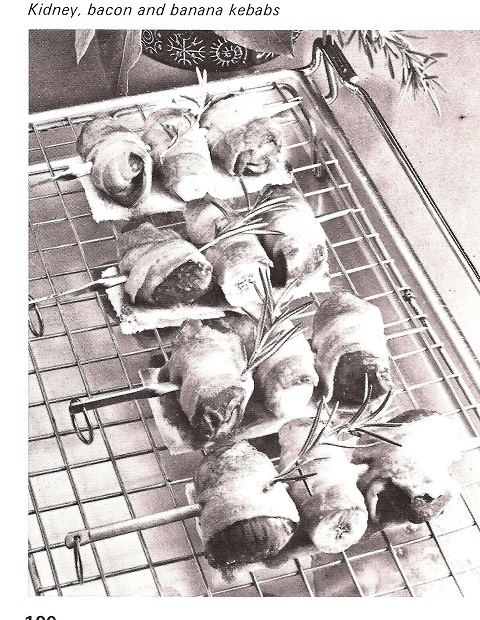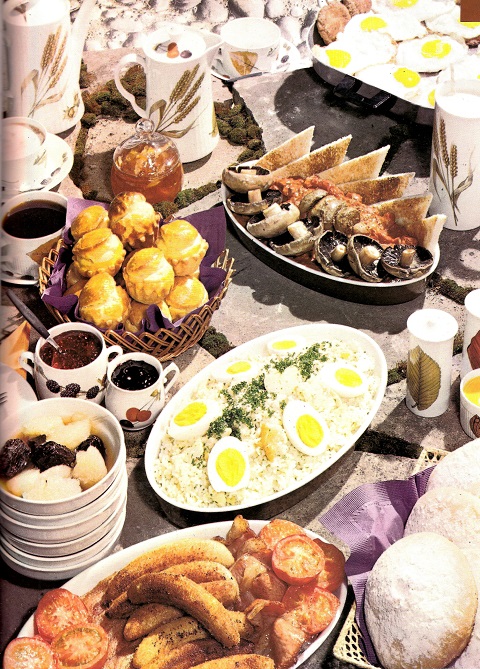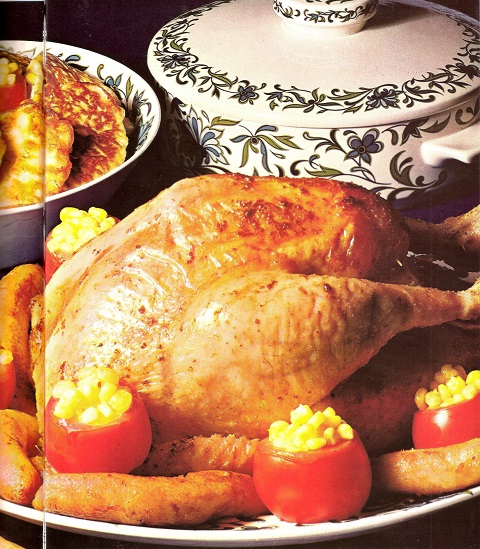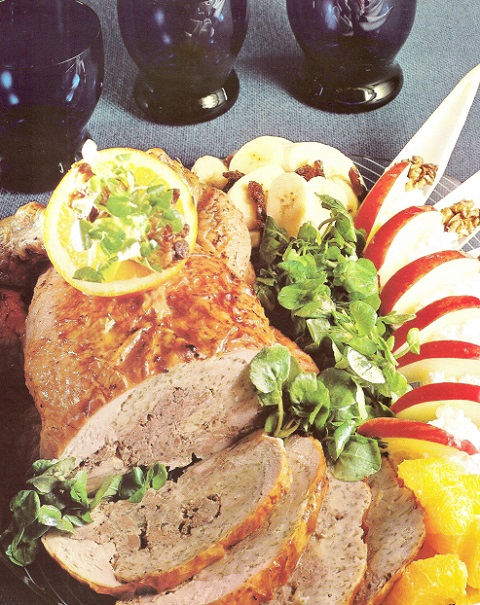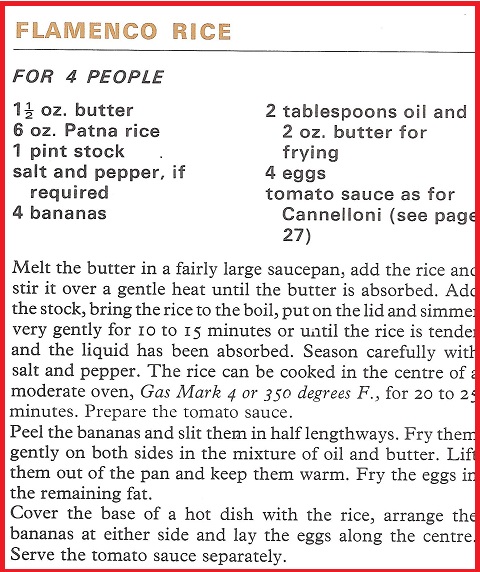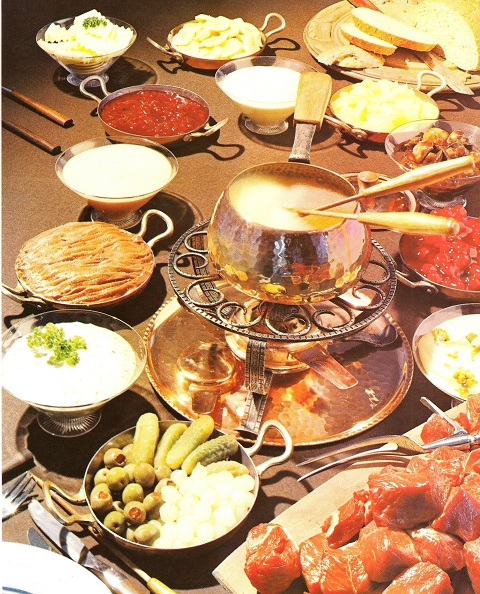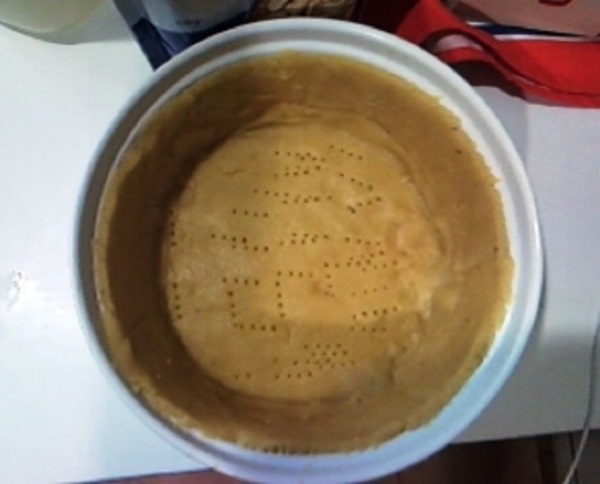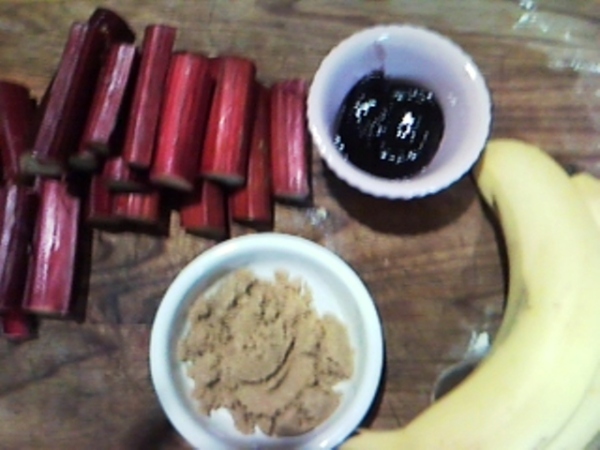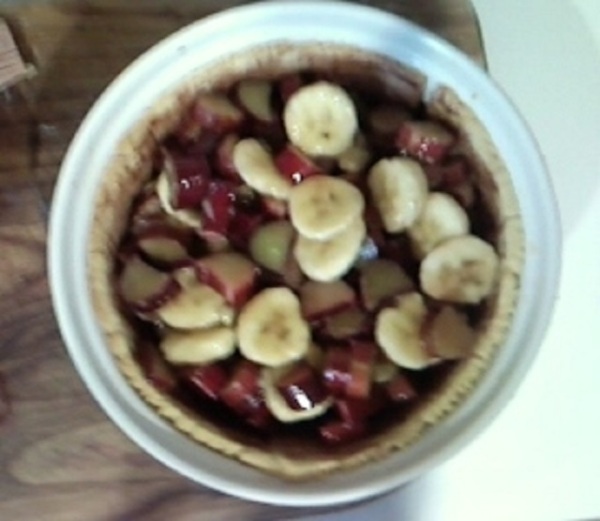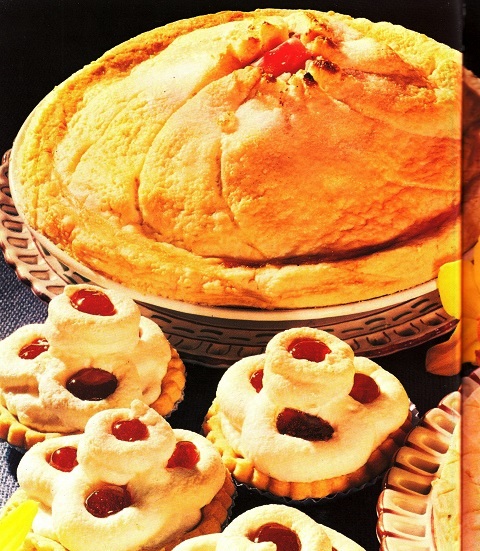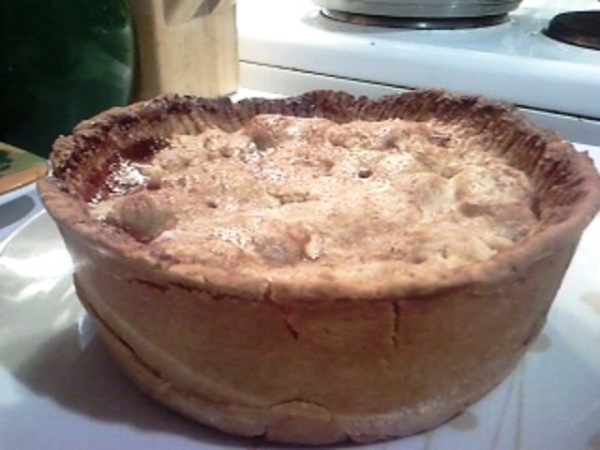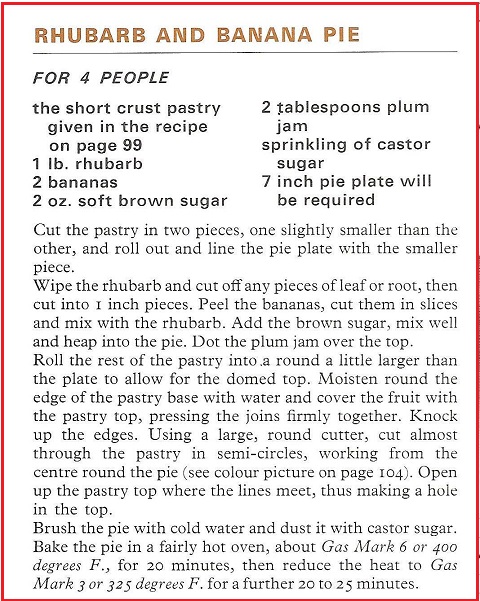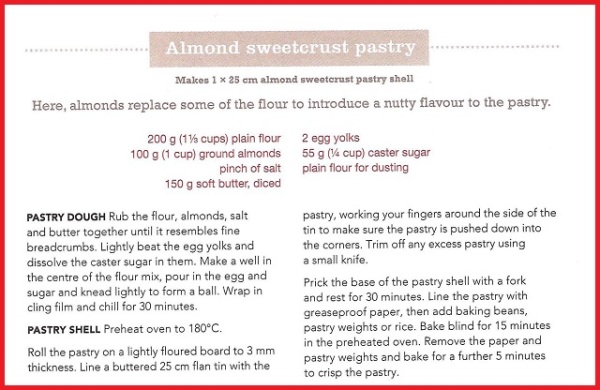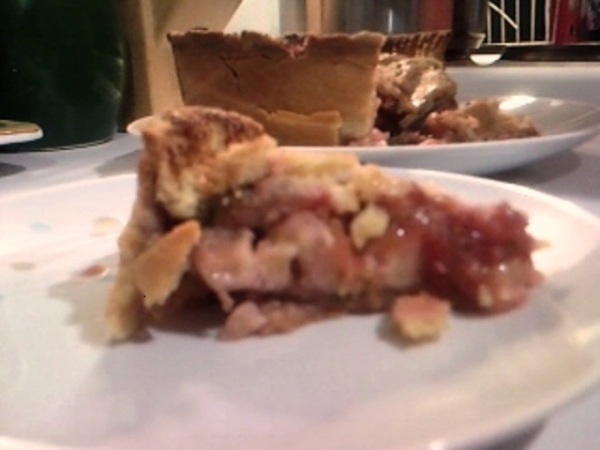Can you believe I’ve been doing this for nearly a year?
And as the anniversary approaches, I’ve been thinking about how to celebrate. Somehow my normal process of pulling one of the many vintage cookbooks from the pile under my bed at random doesn’t seem quite joyful enough. Primarily because this invariably involves me knocking the pile over, uttering some sustained invective as I pile it all back up then muttering “I really should Hoover under there one day”. That is not the stuff of celebration!
I had planned to sift through the pile to find something special. However, when I found “Eat your Way To Love and Beauty” by Swami Sarasvati in my local charity shop I thought I had found my birthday book! Who doesn’t want to be loved and beautiful? Especially on their birthday? And, why not eat my way there? It beats getting there by the other “e” word. You know, the one we try very hard not to mention here. Hint: it rhymes with…mexercising. Yes, I know that’s not a word. If you’re so smart, you try coming up with a word that rhymes with exercising. Anyway, it’s obviously working for The Swami. She’s cute. And limber!
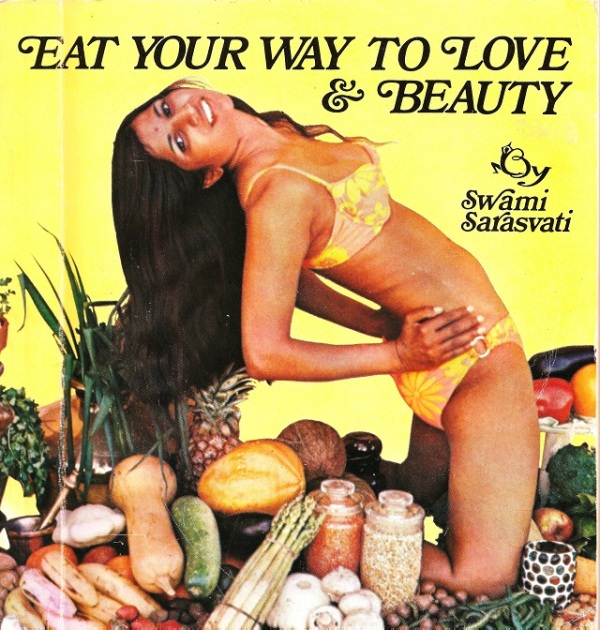
The caption to this photo says
“Swami Sarasvati, her youth and vitality living proof of her cooking, exercises among her health dishes”
Please note: Retro Food For Modern Times in no way condones its readers exercising among their health dishes. Nor will I bear any responsibility for damages incurred if you decide to do so. To put it bluntly, if you end up with a pineapple up your clacker by engaging in this you’re on your own. And be aware that hospital staff will mock you behind your back. “Of course you slipped over whilst exercising among your health dishes… that’s what all the deviants say.” You have been warned.
Swami Sarasvati was a tv icon on Australia in the 1970’s, where she taught a generation of early morning tv watchers the art of yoga and the delights of a vegetarian lifestyle. I wish she was on the telly now. I would totally watch her. Well, I probably wouldn’t get up that early but I would record her shows, meaning to get around to doing some sun salutations one day…right after I vacuum under that bed! She also still runs a yoga retreat in New South Wales. It is currently ranked the number one hotel in Kenthurst on Trip Advisor. That it is the only hotel in town is by the by.
Speaking as someone who has been on a yoga retreat, the Swami’s looks pretty good. I had a miserable time the last one I was on. It was freezing and in lieu of heating, my room came equipped with a massive spider. I thought it would be not in keeping with the yoga/vegan/hippie vibe of the place to beat the ugly fucker to death with my shoe. This meant I was too scared to sleep for the entire time I was there in case, during my slumber, the spider decided to break our unspoken entente cordiale to crawl into my hair or lay eggs in my face.
You will be disappointed, though if you click through the link. Eat Your Way To Love and Beauty is no longer on the list of the Swami’s books available for purchase. We’re about to find out why.
Some of the sensibilities of the book feel very modern. Take for instance the Swami’s response to the question:
“What is healthy food?”
“It is food as fresh as possible and eaten as soon as possible. Refining, preserving, canning or colouring food should be avoided wherever possible”
That doesn’t last long…we descend into the land of the loony almost immediately.
Q – “How can food make me more loving?”
“A well nourished woman will have the strength to be patient and understanding and loving even when life seems impossible. Your children won’t turn to drugs”.
Q – “My Husband won’t eat health foods”
“Girls, to keep your marriage fresh and exciting, you must keep yourself and your husband youthful and vital….there are enough tangy gourmet health dishes in this book to tempt your husband. Before long he will be better at business and sport.
You know what Swami? You had me at love and beauty…let’s not bring my husband and non-existent children into it.
But despite all this…despite dooming Mark to bankruptcy and failure on the sporting field (by which I mean his PS3 breaking) and the poor dogs to having to sell themselves to strangers for Schmackos…I will not be celebrating this birthday by eating my way to love and beauty. Eating for hatred and ugliness has got me thus far, I guess I can continue for another week or so!
I have made a few recipes from “Eat Your Way To Love And Beauty” being a celery soup, an eggplant bhurta and a carrot halva.
Here they are:
Celery Soup
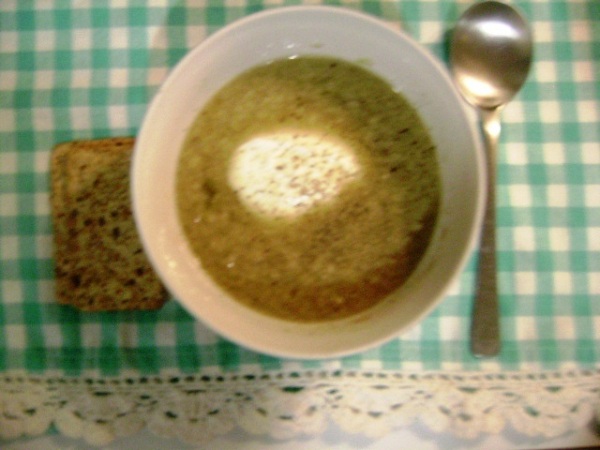
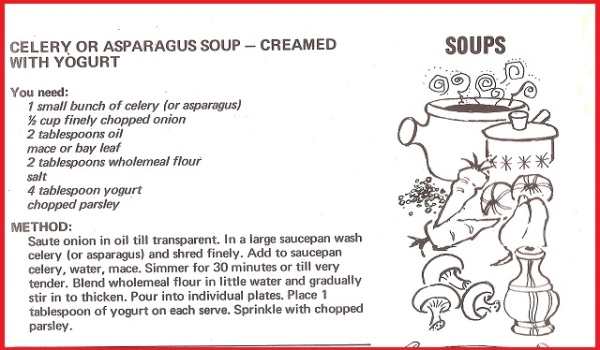
Eggplant Bhurta
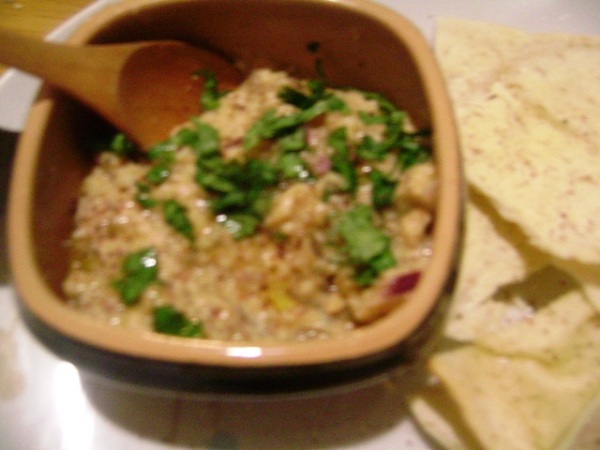
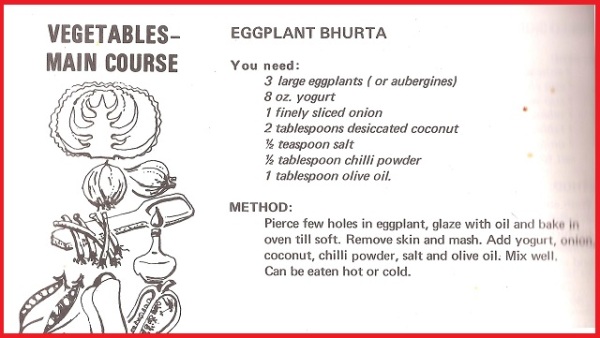
Carrot Halva
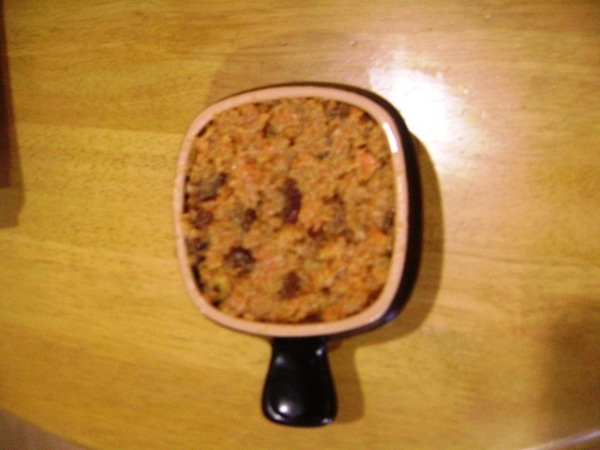
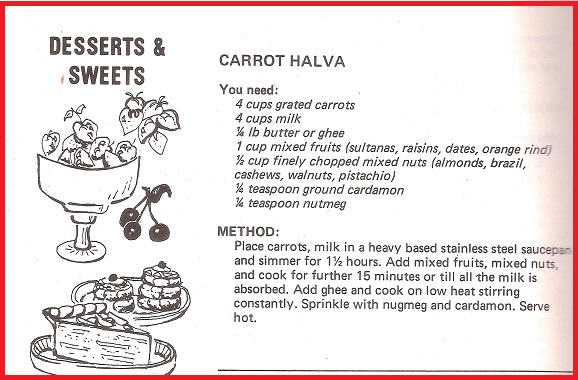
These all tasted ok. Actually, the carrot halva was really good once I added a bucketload of brown sugar – kind of like carrot cake without the cake. And the eggplant was also pretty good. The celery soup was average. There was nothing wrong with any of them. They were just a bit drab. Look at them. They’re not screaming party are they? They look, earnest, well-meaning, brown. The food version of Coldplay. Worthy but kind of boring…
Which brings me to the second reason, we will not be celebrating Retro Food For Modern Times first birthday by eating our way to love and beauty.
Here is a the Swami’s recipe for a Gimlet:
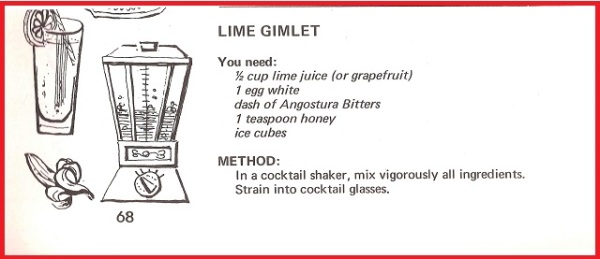
Now, for those of you who are not au fait with the gimlet, it is defined by the fount of all knowledge, Wikipedia, as:
“A cocktail made of gin and lime juice”
Two ingredients. One of which is missing from the Swami’s recipe.
Never mind, I thought, the next recipe is called Singapore Gin. Maybe I’ll make that as my birthday cocktail.
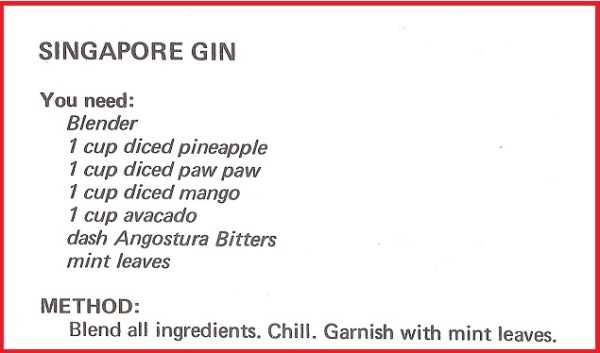
Or maybe I wont…we like our booze here at Retro Food For Modern Times, celebrating anything without booze is anathema.
No wonder this book isn’t for sale anymore, it was probably banned for false advertising. I’m pretty sure it’s illegal to call a cocktail Singapore “Gin” when it contains not the slightest whiff of a juniper berry!
Next week we’ll party like it’s 1969. I won’t give too much away but there will be gin and there will be gelatine; if I can get sufficiently organised there maybe something else starting with a “g” to make up a full three course meal…cocktail and dessert count as 2 courses don’t they?
I’ll be spending my week frantically trying to think of that third course…
Grapes?
Grapefruit?
Gorgonzola?
Have a fabulous week whatever you do!

